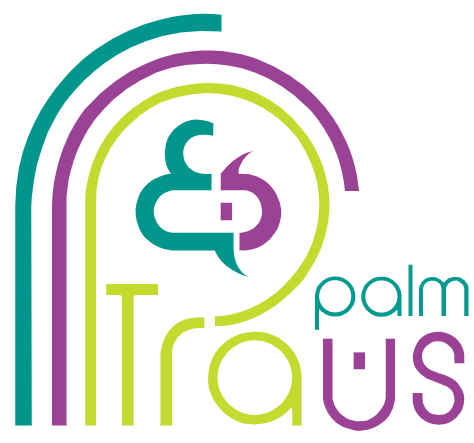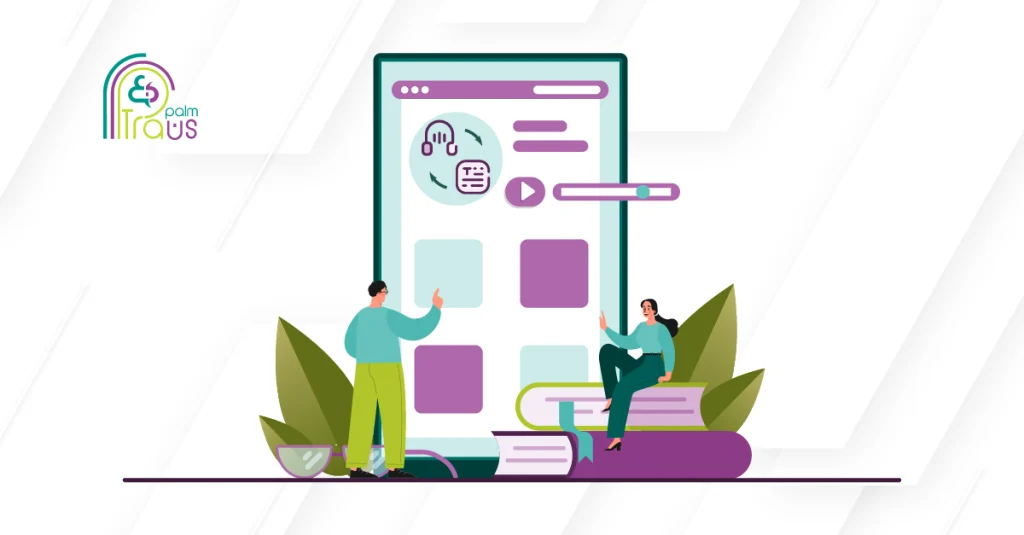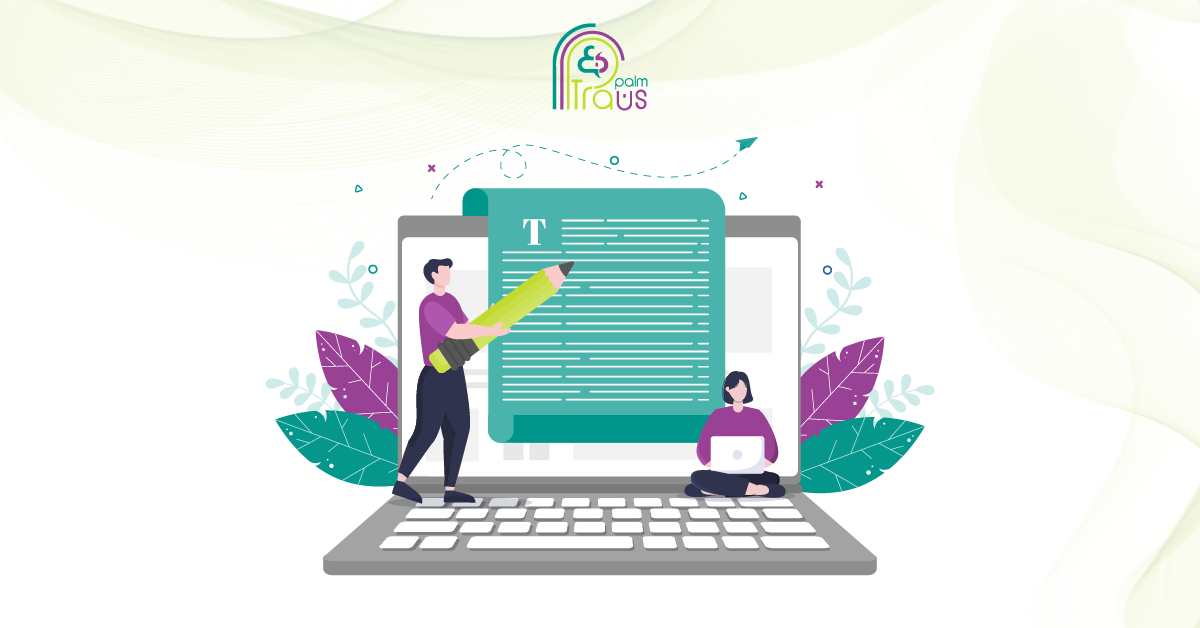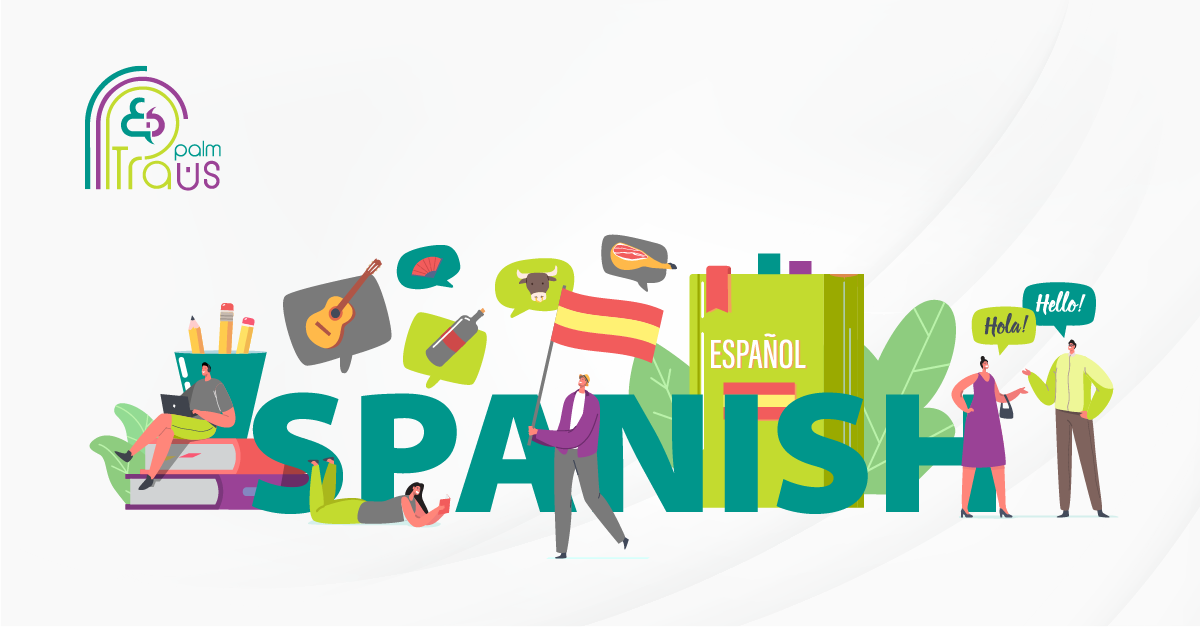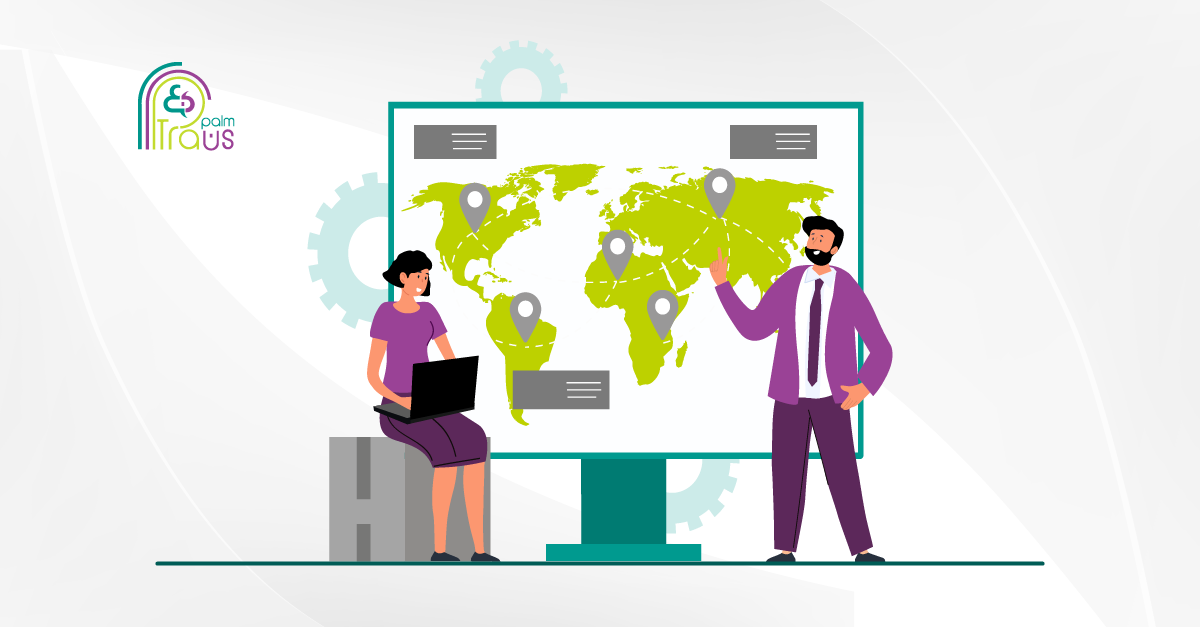Transcription is a powerful accessibility tool for digital media that adds value to audio and video, making the experience more inclusive for people of different backgrounds and disabilities.
But the right types of transcription depends on your purpose. Let’s explore the most common formats used across industries.
Enjoy reading!
What Is Transcription and Why It Matters
Transcription is the process of converting audio or video recordings into an organized written content across industries like legal, medical, and corporate sectors, so you can analyze, share, and refer back to it whenever necessary
What Are the Types of Transcription?
There are four main types of transcription such as verbatim, intelligent verbatim, edited, and phonetic. Below, we break down the different transcription formats, each available to serve unique features and suit a specific kind of project.
1. Verbatim Transcription
Verbatim transcription captures every single word in a speech, sound, and utterance from a recording. It includes filler words (like “uh” and “um”), pauses, false starts, nonverbal sounds (like coughs or laughter), and even background noises.
Use cases:
Legal transcription for court proceedings, depositions, and witness testimonies.
Market research for focus groups, interviews, and emotional cue analysis.
Law enforcement for interrogations and suspect interviews.
Media and journalism for interviews, panel discussions, and documentary subtitling.
Let’s look at an example:

This approach is often preferred in real-time transcription, closed captioning transcription, and subtitling transcription processes, especially for those industries requiring crystal-clear audio fidelity.
2. Intelligent Verbatim Transcription
Intelligent verbatim transcription, in contrast, focuses only on the important parts of the speech. It removes unnecessary fillers, repeated words, and false starts. However, it keeps the speaker’s original meaning and intent intact.
The goal is to make the transcript more concise and easier to read without losing any important details.
Use cases:
Business meeting transcription for professional summaries.
Podcast transcription for content repurposing.
General interviews where readability is important.
This type is commonly used in business transcription, in audio and video transcription services, when an accurate yet polished transcript is needed.
3. Edited Transcription
An edited transcription takes spoken words and turns them into professional writing. It fixes grammar mistakes, removes awkward phrasing, and organizes sentences so the text looks polished and ready to publish.
Use cases:
- Academic transcription for research publications.
- Corporate reports and official documentation.
- Publishing content from speeches or webinars.
It is especially useful when working with content in multiple languages, where content may also need localization or cultural adaptation.
4. Phonetic transcription
Phonetic transcription is a special type of transcription that records spoken words along with their pronunciation. It uses symbols from the International Phonetic Alphabet (IPA) to represent speech sounds. This method captures accents, dialects, and speech patterns with precise detail.
Use cases:
- Linguistic studies and dialect research.
- Speech therapy and language teaching.
- Voice training and pronunciation coaching.
It helps accessibility tools (like subtitles for the deaf) and AI tools (like Siri or Google) understand different accents and pronunciations better.
Transcription Methods and Processes
1. Manual Transcription vs. Automated Transcription
AI transcription solutions like Otter.ai are impressive for fast turnaround times.
However, in the business world, machine translation post editing or machine-generated transcripts still require review and editing by professional human transcribers for higher accuracy.
2. Real-Time vs. Post-Recorded Transcription
Real-time transcription is used during live events to provide instant captions for accessibility, while post-recorded transcription is applied after events, such as meetings or interviews for detailed documentation.
3. Closed Captioning and Subtitling Transcription
They serve a dual purpose by increasing accessibility for people who are deaf or hard of hearing and boosting viewer engagement in media production, e-learning, and social platforms.
4. Multilingual Transcription
Global teams are juggling conversations across languages on a daily basis. If you are not transcribing meetings, webinars, or conferences into multiple languages, you are basically handcuffing your own communications opportunities across markets.
Applications of Transcription by Industry
Legal Transcription
Every word spoken during court proceedings, depositions, or client consultations can carry weight.
Legal transcription services, in this case, focus on verbatim accuracy to deliver reliable records that the attorney can trust and refer back to these transcripts with confidence.
Medical Transcription
Doctors account for precise documentation of their notes, patient histories, and medical reports to keep high care standards and the operation moving.
Skilled transcriptionists with a deep understanding of medical terms make that possible by turning spoken words into organized records while adhering to HIPAA and regulations.
Academic Transcription
Students and researchers can actually concentrate on insights rather than replaying hours of audio to take notes.
Transcribers can convert lectures, research interviews, and thesis discussions into text, highlighting key points so researchers and students can review complex topics at their own pace.
Business Transcription
Companies also use transcription to boost productivity and communication. Meetings, calls, and content like podcasts or webinars become clear, shareable records that support teamwork and content creation.
Accessibility Transcription
Transcription improves accessibility by making content inclusive for those with hearing impairments. Captions also boost engagement in sound-off environments like public transport and open offices.
Advantages of Choosing the Right Transcription Service
1. Improved Accessibility and Inclusion
Transcription opens the door for more people to access and understand your content. For example, the deaf and hard-of-hearing community can read the entire conversation as text in a video, podcast, or meeting.
2. Enhanced Searchability and SEO
Search engines can’t grasp audio or video directly unless there is text. But if you add a transcript, they make your content searchable, give users a better experience, boost your SEO rankings, and help more people find you online.
3. Increased Efficiency and Accuracy
Transcription is a time-saver for your team. No more wasting time replaying audio or video to find key points. You can quickly scan or search the transcript for the information you need.
With accurate records at hand, teams can collaborate faster, reduce errors, and focus on what matters most.
4. Scalability for Multilingual and Global Projects
Growing internationally requires multilingual transcription to break down communication barriers between people who speak different languages.
5. Cost and Time Savings with Professional Services
DIY transcription tools might seem cost-effective at first glance. But honestly, the errors and missing context can turn into bigger issues down the line, costing time and, ultimately, more money to fix.
With professional transcription services, you get accuracy and security you can count on. It’s one less thing to worry about, and it keeps your workflow running smoothly, saving both time and resources in the long run.
Why Choose TransPalm for Transcription Services?
1. Expert Team of Transcribers
We rely on a team of highly professional transcribers who specialize in various industries. They deliver accurate transcripts that are context-aware and sensitive to the technical terms of your field.
2. Advanced Transcription Technology
We use AI-powered transcription tools to speed up the process. However, there might still be some mistakes, so our human reviewers carefully refine each transcript by fixing errors, improving technical terms, and correcting grammar to get high accuracy and quick delivery.
3. End-to-End Solutions
You don’t need to hire multiple companies for different tasks. We can handle it all. Whether it’s adding subtitles to your videos, translating transcripts into other languages, or making your content ADA/508 compliant, we make the process easy and save you time.
4. Customized Services
We understand that every client has unique needs, which is why our approach is tailored to your requirements. With us, you get solutions as flexible and professional as your business demands.
Transcribe Your Recordings into Accessible Content with TransPalm
Whether you need multilingual support, better accessibility, or smoother workflows across borders, we are ready to help you reach your goals.
At TransPalm, we blend innovative technology with real industry know-how. You can count on us for transcription services that are precise, secure, and personalized for your business.
Request your free quote today and experience transcription with incomparable accuracy. Or schedule a consultation with our experts to discuss our professional translation services and how we can support your next project.
